We awoke to a lovely sunny morning and left the car park early ( so we wouldn't have to pay, after 9am!) and had breakfast at our next stop - the Church buried in the sand.
This large church was built in the 14thc and the big sand migration which began in the 16thc and reached inland as far as the church in the 18thc. Worshippers had to dig their way into the church to attend services.The struggle against the sand continued until 1795 when the king gave permission for the church to be closed. The body of the church gradually collapsed and disappeared, leaving only the tower.
We then drove on to the Rabjerg Mile. This sand dune was formed on the west coast of Jutland during the great sand migration of the 16thC. it consists of a 1000m long and 1000m wide mound , containing approx. 4 million cubic metres of sand. At its highest point it is 40m above sea level. It is still moving ENE towards kattegat at more than 15m per year.
We thought the Dune du Pilat nr Arcachon was the biggest in Europe, but that is actually the highest.
It was very windy and really hard work climbing up the Rabjerg Mile - at least there are steps up the French one!
After visiting the dune we carried on south through Jutland to an ACSI campsite just outside the small city of Viborg.
Shifting sands
Wednesday, June 24, 2015
 Løgstrup, Central Jutland, Denmark
Løgstrup, Central Jutland, Denmark
Other Entries
-
38Next stop, the North Pole?
Jun 0717 days prior Nordkapp, Norwayphoto_camera54videocam 0comment 3
Nordkapp, Norwayphoto_camera54videocam 0comment 3 -
39Back across the blasted heath.
Jun 0816 days prior Alta, Norwayphoto_camera19videocam 0comment 0
Alta, Norwayphoto_camera19videocam 0comment 0 -
40We're not Finnish-ed yet!
Jun 0915 days prior Pajala, Swedenphoto_camera46videocam 0comment 2
Pajala, Swedenphoto_camera46videocam 0comment 2 -
41South across the Arctic Circle.
Jun 1014 days prior Umeå, Swedenphoto_camera30videocam 0comment 1
Umeå, Swedenphoto_camera30videocam 0comment 1 -
42We've had enough of trees!
Jun 1113 days prior Ljusdals, Swedenphoto_camera16videocam 0comment 0
Ljusdals, Swedenphoto_camera16videocam 0comment 0 -
43A day off
Jun 1212 days prior Ljusdals, Swedenphoto_camera11videocam 0comment 0
Ljusdals, Swedenphoto_camera11videocam 0comment 0 -
44Back to snow and mountain views
Jun 1311 days prior Alvdal, Norwayphoto_camera37videocam 0comment 0
Alvdal, Norwayphoto_camera37videocam 0comment 0 -
45Take me high, high, high, take me low,low,low!!!!!
Jun 1410 days prior Valldal, Norwayphoto_camera71videocam 0comment 2
Valldal, Norwayphoto_camera71videocam 0comment 2 -
46Golden route part 2 and even more -WOW!
Jun 159 days prior Sogndal, Norwayphoto_camera83videocam 0comment 3
Sogndal, Norwayphoto_camera83videocam 0comment 3 -
47Back again
Jun 168 days prior Sogndal, Norwayphoto_camera0videocam 0comment 3
Sogndal, Norwayphoto_camera0videocam 0comment 3 -
48Taking it easy.
Jun 177 days prior Sogndal, Norwayphoto_camera5videocam 0comment 0
Sogndal, Norwayphoto_camera5videocam 0comment 0 -
49Heading South
Jun 186 days prior Kongsberg, Norwayphoto_camera25videocam 0comment 0
Kongsberg, Norwayphoto_camera25videocam 0comment 0 -
50Silver and wood.
Jun 195 days prior Dølemo, Norwayphoto_camera81videocam 0comment 0
Dølemo, Norwayphoto_camera81videocam 0comment 0 -
51On the beach!
Jun 204 days prior Mandal, Norwayphoto_camera52videocam 0comment 1
Mandal, Norwayphoto_camera52videocam 0comment 1 -
52To the Lighthouse! (With apologies to VW)
Jun 213 days prior Lindesnes Municipality, Norwayphoto_camera30videocam 0comment 3
Lindesnes Municipality, Norwayphoto_camera30videocam 0comment 3 -
53On the road to Mandal........ hey?
Jun 222 days prior Mandal, Norwayphoto_camera7videocam 0comment 1
Mandal, Norwayphoto_camera7videocam 0comment 1 -
54Skagerrak and Kattegat- not by Dave D and co!
Jun 231 day prior Skagen, Denmarkphoto_camera32videocam 0comment 1
Skagen, Denmarkphoto_camera32videocam 0comment 1 -
55Shifting sands
Jun 24 Løgstrup, Denmarkphoto_camera25videocam 0comment 0
Løgstrup, Denmarkphoto_camera25videocam 0comment 0 -
56Good vibes in Viborg
Jun 262 days later Ribe, Denmarkphoto_camera33videocam 0comment 0
Ribe, Denmarkphoto_camera33videocam 0comment 0 -
57Beautiful Danish churches
Jun 262 days later Bredstedt, Germanyphoto_camera68videocam 0comment 0
Bredstedt, Germanyphoto_camera68videocam 0comment 0 -
58Back to german Aires
Jun 273 days later Remels, Germanyphoto_camera15videocam 0comment 0
Remels, Germanyphoto_camera15videocam 0comment 0 -
59Too wet and windy!
Jun 284 days later Alkmaar, Netherlandsphoto_camera21videocam 0comment 0
Alkmaar, Netherlandsphoto_camera21videocam 0comment 0 -
60No cheese market for us!
Jun 295 days later Alkmaar, Netherlandsphoto_camera39videocam 0comment 0
Alkmaar, Netherlandsphoto_camera39videocam 0comment 0 -
61From cheese to china via Schipol
Jun 306 days later Delft, Netherlandsphoto_camera6videocam 0comment 0
Delft, Netherlandsphoto_camera6videocam 0comment 0 -
62Hot sun and sore feet
Jul 017 days later Delft, Netherlandsphoto_camera38videocam 0comment 0
Delft, Netherlandsphoto_camera38videocam 0comment 0 -
63Back again for Market day!
Jul 028 days later Delft, Netherlandsphoto_camera22videocam 0comment 1
Delft, Netherlandsphoto_camera22videocam 0comment 1 -
64Along the dykes ahead of Le Tour
Jul 039 days later Ypres, Belgiumphoto_camera28videocam 0comment 0
Ypres, Belgiumphoto_camera28videocam 0comment 0 -
65A poignant walk around Ypres.
Jul 0410 days later Ypres, Belgiumphoto_camera24videocam 0comment 1
Ypres, Belgiumphoto_camera24videocam 0comment 1 -
66A very moving day
Jul 0511 days later Ypres, Belgiumphoto_camera24videocam 0comment 2
Ypres, Belgiumphoto_camera24videocam 0comment 2 -
67Findinghem?
Jul 0612 days later Cassel, Francephoto_camera29videocam 0comment 0
Cassel, Francephoto_camera29videocam 0comment 0 -
68A little bit of retail therapy!
Jul 0713 days later Watten, Francephoto_camera7videocam 0comment 0
Watten, Francephoto_camera7videocam 0comment 0 -
69It's nearly over......
Jul 0814 days later Bergues, Francephoto_camera0videocam 0comment 0
Bergues, Francephoto_camera0videocam 0comment 0 -
70Time to go home.
Jul 0915 days later Portsmouth, United Kingdomphoto_camera0videocam 0comment 3
Portsmouth, United Kingdomphoto_camera0videocam 0comment 3

 Løgstrup, Central Jutland, Denmark
Løgstrup, Central Jutland, Denmark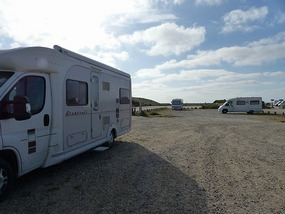
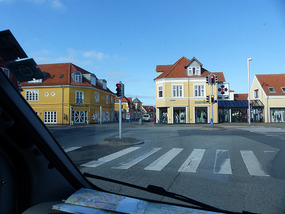
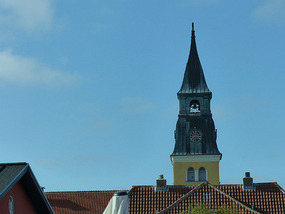
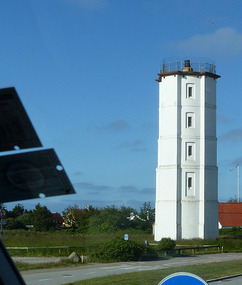
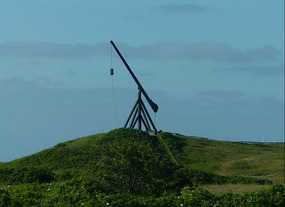

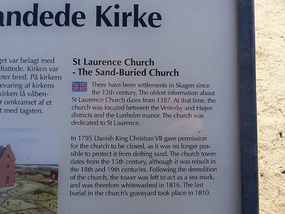
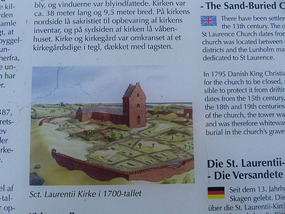
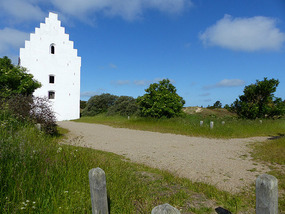
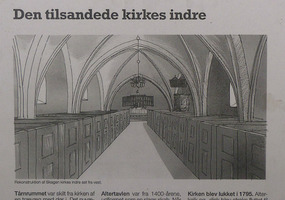
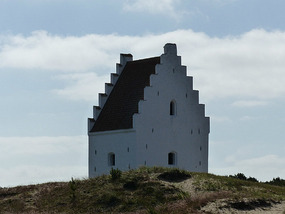
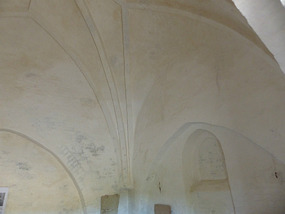
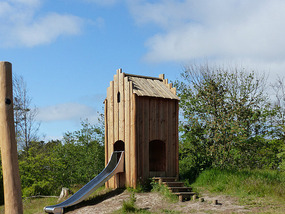
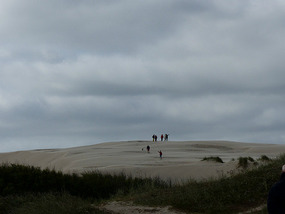
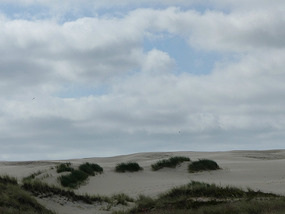
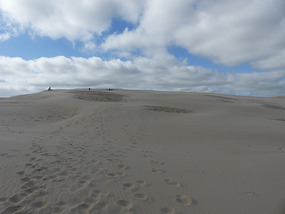
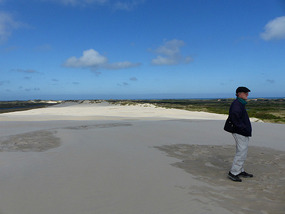
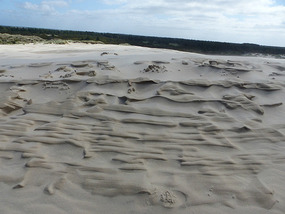
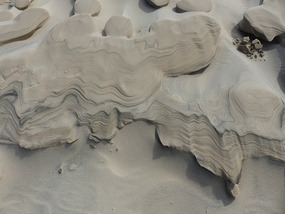
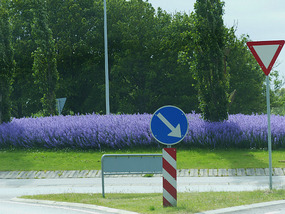
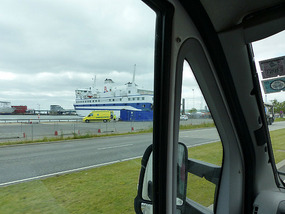
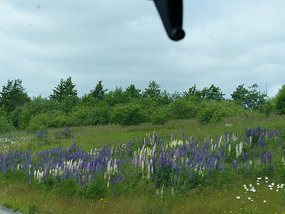
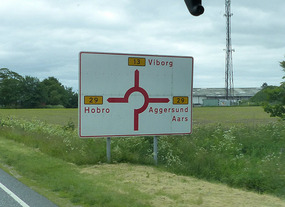








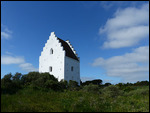
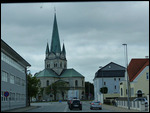
2025-05-22